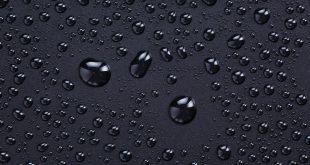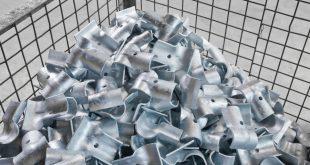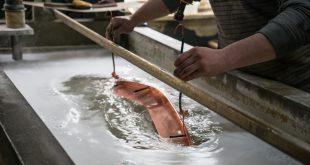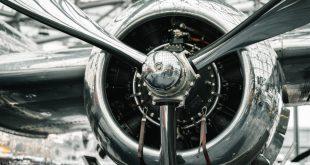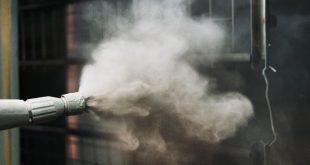Water beads up on many surfaces. After a rain shower, tiny droplets can still be seen on windows for a long time. This occurs because thin water films contract into droplets. All these are effects of surface tension, which becomes …
Read more »Forming & Protection
What Are Duplex Systems?
Wherever the word “duplex” appears, it usually refers to something double-layered. In surface technology, duplex systems are no exception—they consist of two protective layers to defend against corrosion. The bottom layer is created through hot-dip galvanizing, while the top layer …
Read more »What is the Anodizing Process?
« A Brief Overview of the process » Anodizing is a process that provides aluminum semi-finished products (partially processed materials) or workpieces with a corrosion-resistant and wear-resistant surface. This protective layer is formed with the aid of an electric current …
Read more »1K versus 2K paint?
« How to Manage Paint Systems Effectively » The paints used in surface technology change their physical state during processing. The raw materials are in liquid form or are at least flowable so that they can completely cover the surface. …
Read more »What is Electroplating?
Electroplating is a process in which electric current causes metals to deposit uniformly on the surface of workpieces. The metallic layer primarily serves to protect against corrosion, resist mechanical wear, or improve electrical conductivity. Additionally, electroplating may aim to achieve …
Read more »What’s Inside Paints and Coatings
« What influences the paint quality » In surface treatment, paints and coatings are applied to components to protect them from environmental damage, enhance their appearance, or modify surface properties. Paint ingredients form a complex system tailored to the intended …
Read more »What Are Chromates and Where Are They Used?
Chromates, which are chemical salts derived from chromic acid, play a role in two distinct surface treatment processes: Chromating, where chromic acid or its salts create a chromate layer on a material’s surface. Chromium plating, where dissolved chromates (electrolytes containing …
Read more »Powder Coating or Liquid Paint
« Which Painting Option is Recommended? » Both powder coating and liquid paint are widely used in surface coating. The decision between the two depends mainly on factors such as the material, contour, and size of the parts to be …
Read more »Hardmetal Coating
« Your Options for Surface Coating » The term hardmetal coating can refer to two different processes: applying a hardmetal layer to conventional metals, or enhancing existing hardmetal components with highly wear-resistant materials. These composites consist of a metallic binder, …
Read more »What Are Conversion Coatings and How Do They Form?
Conversion means transformation. A conversion coating, by definition, is simply a transformed layer. But what exactly is being transformed—and how? Let us take a closer look. What Exactly Is a Conversion Coating? In surface treatment, a conversion coating refers to …
Read more » Kluthe Magazine
Kluthe Magazine
